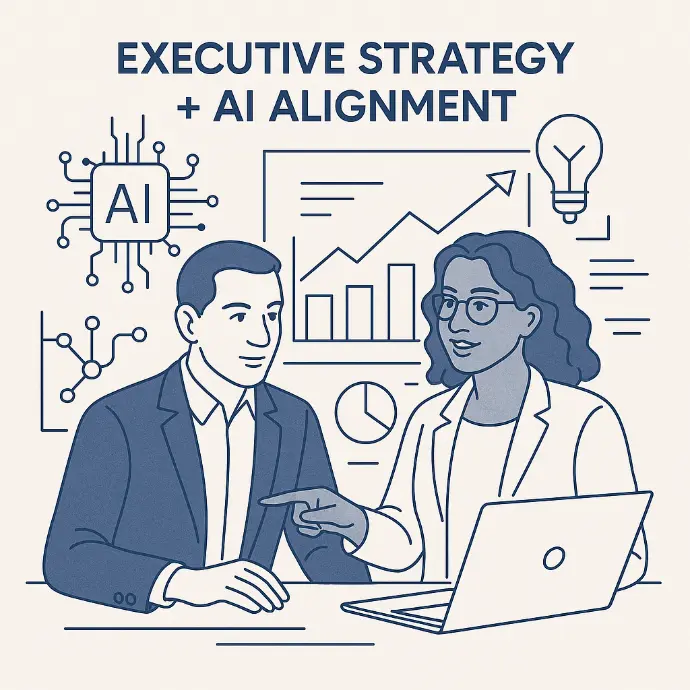Growth Strategy for Cloud Transformation Firm
Problem
The client, a cloud transformation firm, sought to expand market presence and increase revenue but lacked a structured go-to-market and financial growth strategy to align its operations with revenue targets.
Actions
Brian developed a comprehensive go-to-market strategy and financial growth roadmap, identifying key KPIs such as revenue growth, profit margins, and operational efficiency. He integrated these metrics into a finance roadmap, aligning them with both product and customer success objectives. Brian’s strategic approach empowered teams to track financial performance and make resource allocation decisions that supported sustainable growth.
Results
The strategy drove a 4x increase in company revenue, clarified organizational direction, and positioned the company for a successful acquisition.
Enterprise Migration Program
Problem
The client, a Fortune 500 insurance company, required a migration program that would reduce operational expenses while maintaining business continuity across multiple divisions.
Actions
Brian conducted a full assessment, developed a migration roadmap, and advised on vendor partnerships. He identified key scalability points within the organization and program-managed the launch, ensuring a smooth transition and alignment across seven business lines.
Results
The program achieved eight-figure OPEX savings, maintained operational velocity, and established a foundation for long-term efficiency, aligning with the client’s strategic goals
Product Portfolio Development & Capture Management
Problem
The client, a cloud transformation firm, sought a scalable platform portfolio to drive recurring revenue, enhance acquisition potential, and improve alignment with enterprise customer needs. They required new, high-value products and contract structures to facilitate faster, more efficient client acquisition and retention.
Actions
Brian identified market gaps and opportunities to create enterprise-focused products, specifically designed to address the needs of enterprise clients. By refining the contract structure and introducing productized subscription models, he transitioned the firm’s revenue model from one-time projects to Annual Recurring Revenue (ARR), significantly improving revenue predictability and alignment with customer objectives. Brian also created the MEDPIC sales process and established a structured capture management process.
Results
The program drove a 25-fold increase in company valuation. The refined contract structure and productized offerings enabled the firm to achieve a 200% growth in key accounts and a 120% increase in product margins. The structured capture process shortened negotiation timelines by 6x.
P&L Governance and Compliance Consolidation
Problem
The client, a global financial institution, needed to enhance P&L governance and regulatory compliance for its $50 billion asset portfolio across multiple financial products and entities.
Actions
Brian managed the P&L governance, implemented trade desk controls, and oversaw regulatory reporting across diverse instruments. He led the consolidation of 30 global entities to align with new regulatory standards, developing KPIs and compliance programs that improved reporting accuracy.
Results
Brian’s strategic direction reinforced financial governance, ensured regulatory compliance, and controls that improved reporting accuracy across the $50 billion portfolio avoiding hefty penalties.
Cloud Transformation Strategy Enterprise Retail Company
Problem
The client, a major retail company, needed a comprehensive assessment to identify inefficiencies and hidden pain points within distributed teams, impacting productivity and cognitive load. This initiative aimed to streamline operations, reduce repetitive tasks, and increase team velocity
Actions
Brian designed and implemented a program where consultants rotated through various teams, engaging directly with team members in sprints. Working closely with executives, Brian’s team gathered insights into overlooked issues, such as disliked processes, minor but persistent pain points, and cost-reduction applications not aligned with incentive plans. By surfacing and addressing these often-ignored challenges, he created a framework that mapped actionable changes to enhance team efficiency.
Results
The program increased operational efficiency, improved team morale, and provided a repeatable model to identify and eliminate productivity drains, aligning team goals with organizational incentives.





